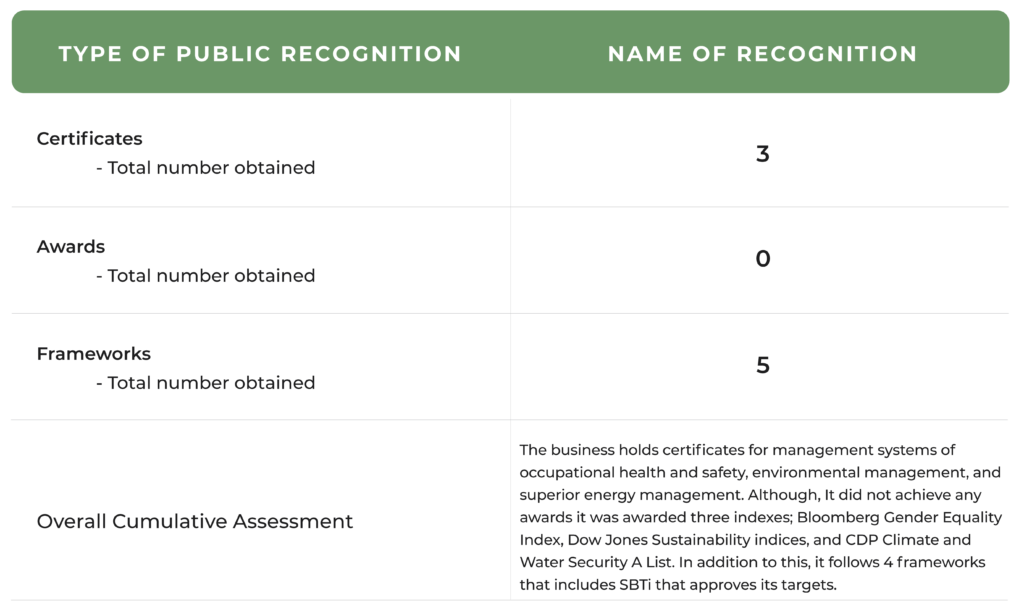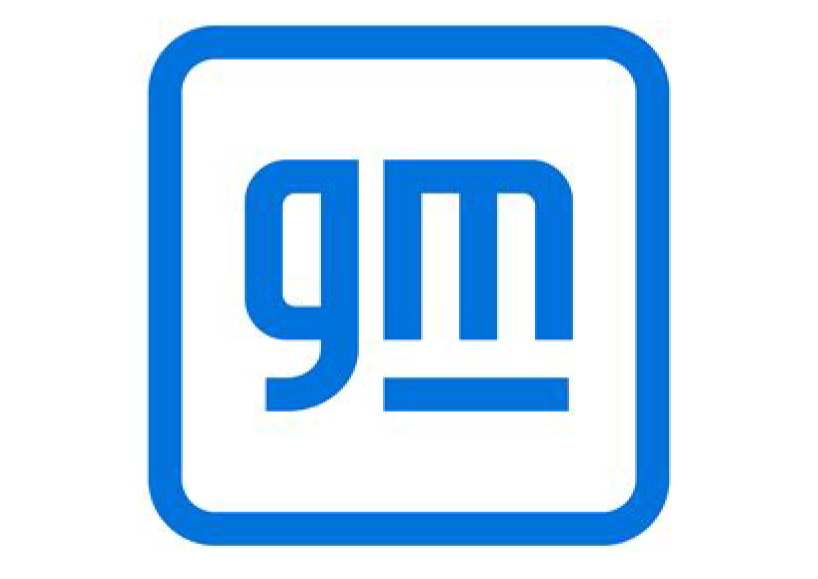
RATING

Neutral
SECTOR
Automotive
Chief Sustainability Officer
Stock Exchange and Ticker
NYSE:GM
Website
Contact
300 Renaissance Ctr, Detroit, MI 48243
Tel: (313) 556-5000 | E.mail: mediaservices@gm.com
Listing
- #191 Best Employers for Veterans (2022)
- #149 Mexico’s Best Employers (2022)
- #73 World’s Best Employers (2022)
- America’s Best Employers By State (2022)
- #342 Best Employers for Women (2022)
- #109 Canada’s Best Employers For Diversity (2022)
- #259 Best Employers for New Grads (2022)
- #69 Global 2000 (2022)
- #329 Best Employers for Diversity (2022)
- #256 America’s Best Large Employers (2022)
- #109 Canada’s Best Employers (2022)
- #216 America’s Best Employers (2021)
- #28 Just Companies (2021)
- Ethisphere – 2022 World’s Most Ethical Companies list
- Diversity Inc Top 50 Companies for Diversity
Awards
- Bloomberg Gender Equality Index
- Dow Jones Sustainability indices
- CDP Climate and Water Security A List
Revenue
$127B
Market Capitalisation
$55.22B
Employees
88,400
Content source
General Motors Sustainability Report
Evaluation of General Motors
GM had set goals to transition to 100% zero tailpipe emissions for new light-duty vehicles by 2035 and to become carbon neutral in its global operations and products by 2040. However, it is difficult to really follow their progress. The amount of decreased GHG emissions since 2018 is insufficient. But if they follow through on their promises, they will be doing much better. The Future of Work, EV Access, Infrastructure Equity, and Climate Equity are the company’s four focal points for equitable climate action. Additionally, it reached a significant milestone in late 2021 with the opening of Factory ZERO, the business’s first facility entirely devoted to EV assembly. Finally, they have a solid online reputation. Regretfully, despite everything, they have more plans than they do, which prevents them from being a successfully sustainable business just yet. The grade is C overall.
Sustainability Scorecard
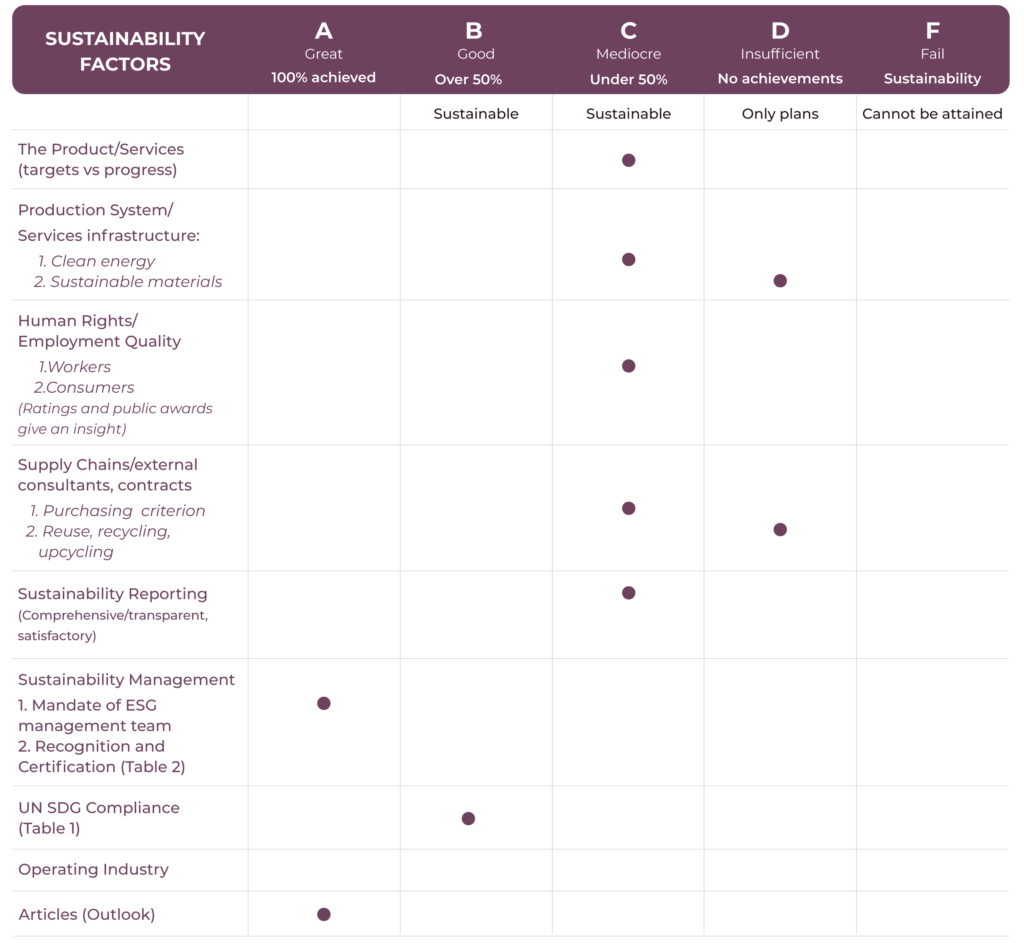
General Motors Company Activity
The General Motors Company (GM) is an American multinational car manufacturing company, with headquarters in Detroit, Michigan, USA. Under the mother company operate four automobile brands: Chevrolet, Buick, GMC and Cadillac. It also holds interests in Chinese brands Wuling Motors and Baojun. In addition, GM also owns the BrightDrop vehicle manufacturer, which produces military vehicles for the United States government and military. It also owns the auto parts company ADCelco, and majority ownership in the self driving car enterprise Cruise LLC.
General Motors operates manufacturing plants in eight countries.
General Motors Sustainability Activity - As per company declarations
Although losing out on the top spot as the largest automaker to Toyota in 2008, GM is still one of the leading automotive companies in the world. It has made large sustainability promises, focusing on safety, diversity and electric vehicles under their vision of ‘zero crashes, zero emissions and zero congestion’.
Certificate & Labels, Standards and Frameworks
- 2021 Energy Star Certifications for Superior Energy Management
- ISO 14001
- ISO 45001
Standards, and Frameworks:
- SBTi standards
- Global Reporting Initiative (GRI)
- Sustainability Accounting Standards Board (SASB)
- Financial Stability Board Task Force on Climate-related Financial Disclosures (TCFD)
- United Nations Global Compact (UNGC)
General Motors in the news: Press Reviews and Social Media
CEO of General Motors Mary Barra declared in January 2021 that by 2035, GM would only sell zero-emission vehicles. This includes a commitment to produce more than 50% of our facilities’ EVs domestically by 2025. GM is going above and beyond to uphold its commitment, investing in charging infrastructure in addition to developing battery technologies and recycling programs, workforce development programs, supplier incentives, and responsible water and energy use.
In August, General Motors released its first green bond under its Sustainable Finance Framework. In the US, the adoption of electric vehicles has reached a tipping point: 5% of new car sales are solely powered by electricity. The US auto industry has significantly increased its EV spending, which will total US$65 billion by 2027. By 2025, GM alone has increased the amount it intends to invest in electric vehicles, fuel cells, and self-driving cars to US$35 billion.
GM committed to cutting the energy intensity of its vehicles by 20% in 2008. has a zero-waste initiative as well to keep more than 90% of the waste produced by its manufacturing process out of landfills. The Energy Star award has been given to General Motors for ten years running. GM pledged in 2010 to reduce carbon intensity by 20% by 2020.
If targets adhere to the principles of the Paris climate agreement, they are “science-based.” The decarbonization of the cars it produces is a crucial path for it. Energy Star serves as a benchmark for General Motors as it makes improvements. It arranges “energy treasure hunts” that are steered by floor and field staff. By 2040 globally and by 2030 domestically, the company will source all of the electricity for its facilities from renewable sources.
Highlights from General Motors Sustainability Report
Achievements
- Published consolidated EEO-1 report for the first time about demographic workforce data, including data by race/ethnicity, sex and job categories
- Delivered first all-electric delivery vans, with the Zevo 600 being the fastest vehicle to market in GM history
- Deployed three strategic pillars—DEI Maturity, Transparency and Talent Innovation—to drive DEI integration throughout the enterprise
- Ultium Charge 360 enables access, using GM mobile apps, to more than 100,000 charging plugs throughout the United States and Canada
- The opening of Factory ZERO, the company’s first plant fully dedicated to EV assembly in Detroit and Hamtramck, Michigan
Weaknesses and Setbacks
- Not clear progress
- Gender disparity in employment
Targets vs Progress Reported
| Target | Results reported |
|---|---|
| Reducing Carbon Emissions | |
| Committing to SBTi approved targets that include reducing absolute Scope 1 and 2 GHG emissions 72% by 2035 from a 2018 base year and Scope 3 GHG emissions from use of sold products of light-duty vehicles 51% per vehicle kilometer by 2035 from a 2018 base year | - 40% decrease in absolute Scope 1 and 2
emissions from a 2018 base year - No progress reported for the Scope 3 emissions |
| Planning to source 100% renewable electricity globally by 2035 | 25% renewable energy used globally |
| Aiming to reduce operational energy intensity by 35% by 2035 against a 2010 baseline. | 26% decrease in energy intensity from a 2018 base year |
| Planning to reach more than 1 million units of EV capacity in each of North America and China by 2025 | No progress reported |
| Planning to eliminate tailpipe emissions from new light-duty vehicles by 2035 | - 2022 GMC HUMMER EV Pickup; As the world’s first zero-tailpipe-emissions, all-electric supertruck, the GMC HUMMER EV is built to navigate off-road conditions. A 24-module pack of Ultium battery cells offers a GM-estimated range of up to 329 miles. |
| Investing more than $35 billion from 2020 to 2025 in EVs and AVs | In 2021, they committed to several capital and philanthropic ventures to support the zero-emissions future. They bing everyone along and go beyond their more than $35 billion investment in EV and AV development |
| Designing for the Environment | |
| Aiming to reduce the carbon emission footprint of sourced materials in new GM vehicles by 2030 | - A strategic supplier agreement with Wolfspeed, Inc. to develop and provide silicon carbide
power device solutions for GM’s EV programs. The devices are expected to enable more
efficient EV propulsion systems to extend EV range - A nonbinding Memorandum of Understanding with GE Renewable Energy to evaluate opportunities to improve supplies of heavy and light rare earth materials and magnets, as well as copper and electrical steel, used in manufacturing of both EVs and equipment that generates renewable energy for electricity - A strategic relationship and commercial collaboration with Controlled Thermal Resources to support development of U.S.-sourced, low-cost lithium from the Salton Sea area of California. The lithium will be produced through a closed-loop, direct extraction process that results in a smaller physical footprint, no production tailing and near-zero carbon dioxide emissions when compared to traditional processes such as pit mining or evaporation ponds. |
| Aiming to achieve over 90% waste diversion from landfills and incineration globally by 2025 | 86.4% achieved in 2021 |
| Aiming to reduce operational water intensity by 35% by 2035 against a 2010 baseline | 12.5% reduction in water intensity against 2010 baseline |
UN SDGs Compliance Analysis
Progress made toward SDG targets
As reported by General Motors

- $85 million in cash and in-kind donations to hundreds of local nonprofit partners, with a focus on education, skills and literacy training, climate equity programs and road safety
- GM and Safe Kids Worldwide have collaborated to help keep kids safe in and around vehicles through many programs, like the GM-funded Buckle Up Program

Over the last five years, GM has made philanthropic contributions totaling $143 million toward STEM Education, Vehicle & Road Safety, Community Development, Climate Equity and in the communities in which we live and work
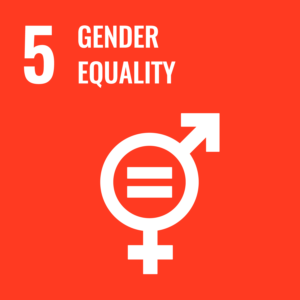
- A gradual incline in female workers at both managerial and non-managerial levels
- 31.9% women in top management positions within two levels of the CEO
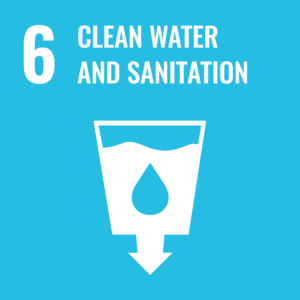
- 25,304 ML water withdrawn
- CDP Climate and Water Security A List 3rd year in a row
- >11M pounds water bottles recycled – Wheelhouse Liners
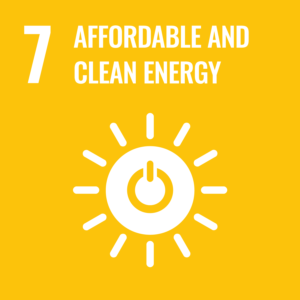
- 146,832 MWh renewable energy for electricity generated at the facilities (includes electricity generated from landfill gas sold to the grid for Orion and excludes on-site PPAs)
- 2022 GMC HUMMER EV pickup, which began production in late 2021
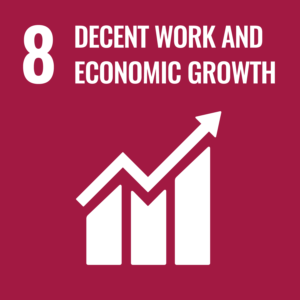
- The EVGRO team at GM is using a variety of partnerships and collaborations, including the dealer network, to reinvent the entire customer experience. Across the entire EV ecosystem, the team wants to reduce complexity and turn quick decisions into actionable programs
- 36.4% Global open positions filled internally
- 500+ Number of different U.S. colleges and universities where GM recruited recent college graduates
- In 2021, they began inviting Tier I suppliers to sign General Motors’ ESG Partnership Pledge
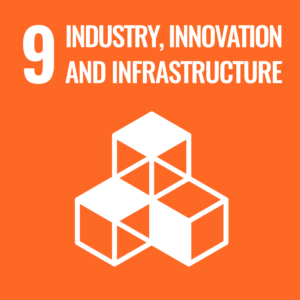
- In Detroit and Hamtramck, Michigan, the company opened Factory ZERO, its first facility entirely devoted to EV assembly
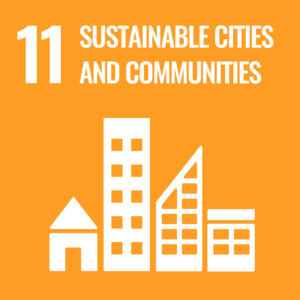
- 2021 Energy Star Certifications for Superior Energy Management
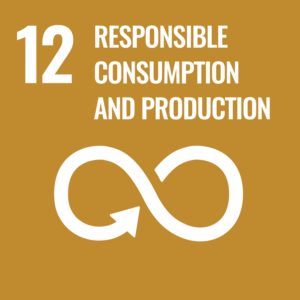
- 4.54 m3/vehicle water intensity reduction at its facilities
- In 2021, General Motors joined the Initiative for Responsible Mining Assurance, a third-party certification of industrial mine sites for mined materials, and RCS Global Better Mining Initiative for small and artisanal mines

- A strategic supplier agreement to create and supply silicon carbide power device solutions for GM’s EV programs with Wolfspeed, Inc. The systems should enable more effective EV propulsion systems and increase EV range
- A non-binding Memorandum of Understanding (MOU) with GE Renewable Energy to assess possibilities to enhance supplies of heavy and light rare earth materials and magnets, as well as copper and electrical steel, used in the production of both EVs and machinery that produces renewable energy for electricity
- A strategic partnership and business partnership with Controlled Thermal Resources to support the production of inexpensive lithium from the Salton Sea region of California. When compared to conventional methods like open-pit mining or evaporation ponds, the production of lithium will take place through a closed-loop, direct extraction process that leaves a smaller environmental footprint, produces no production tailing and emits almost no carbon dioxide

- $22M GM Justice & Inclusion Fund; 2.6M People expected to be impacted

- Collaborating with organizations such as the Society of Women Engineers; the Society of Hispanic Professional Engineers; American Indian Science and Engineering Society; Out in Science, Technology, Engineering and Mathematics; National Society of Black Engineers; AfroTech and many other organizations that help provide them with a diverse slate of potential new hires
Sustainability Certificates, Awards and Listings
